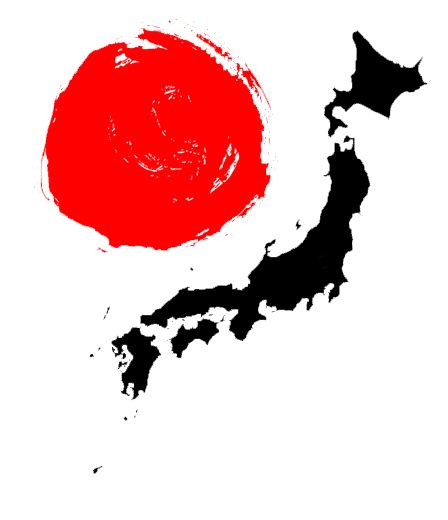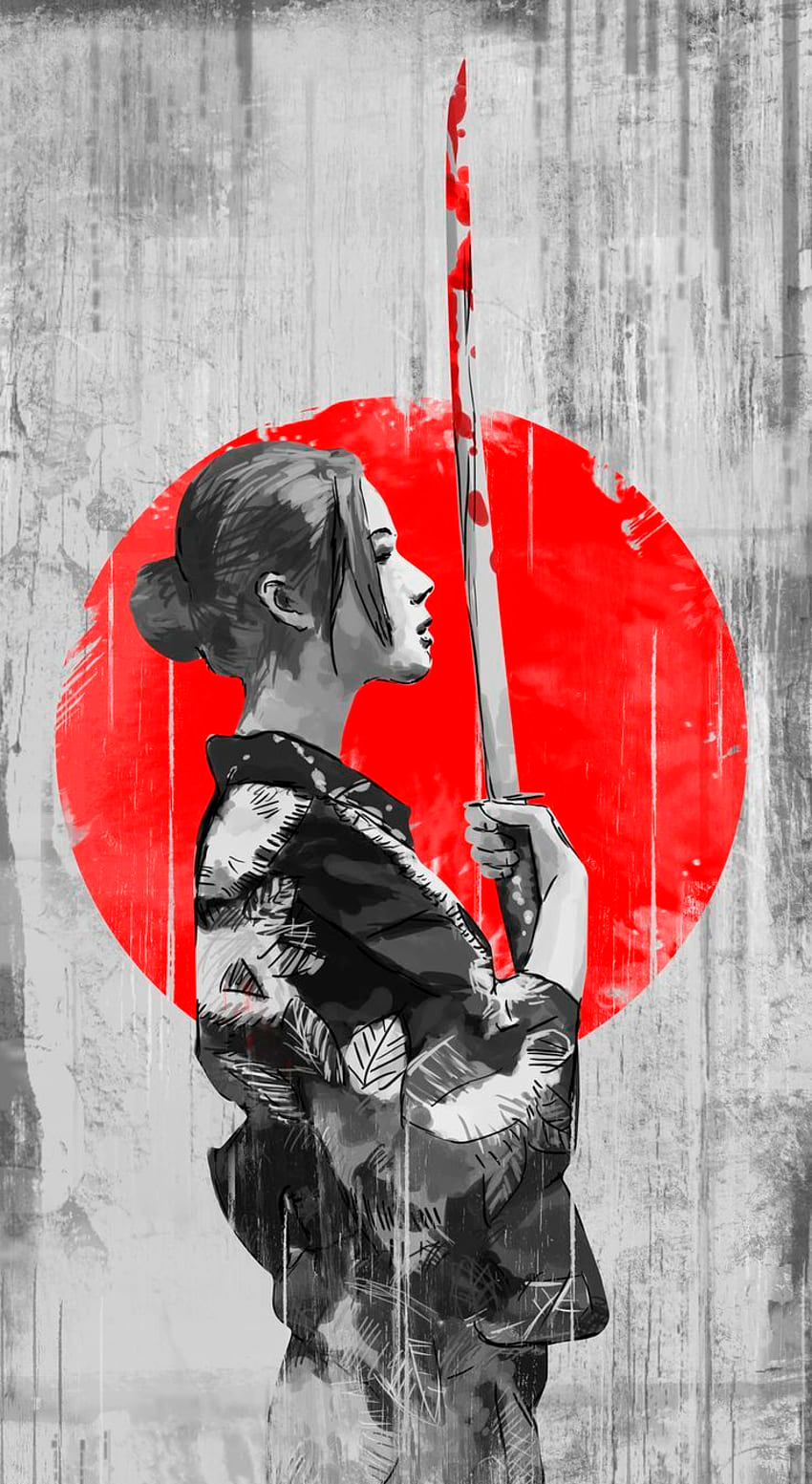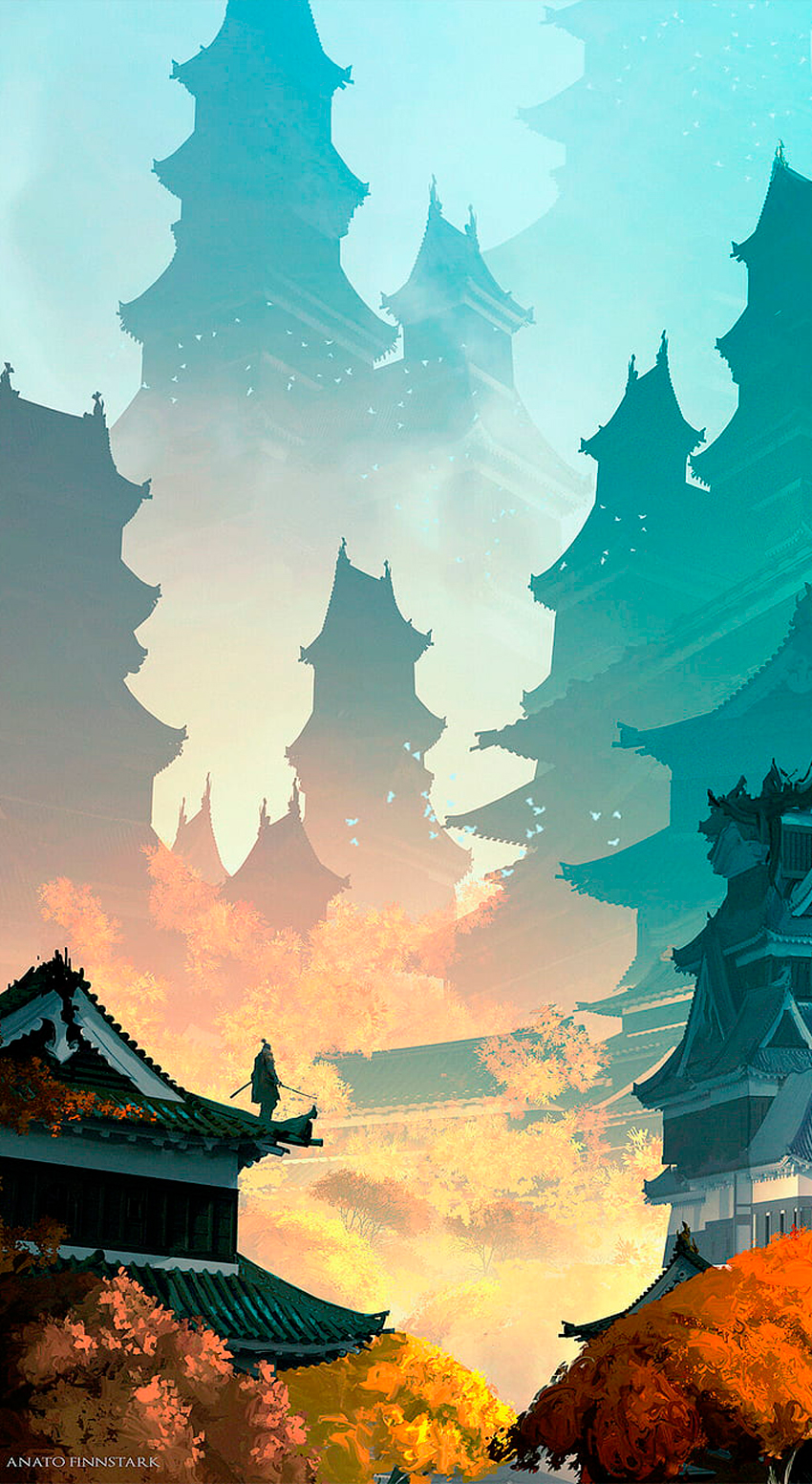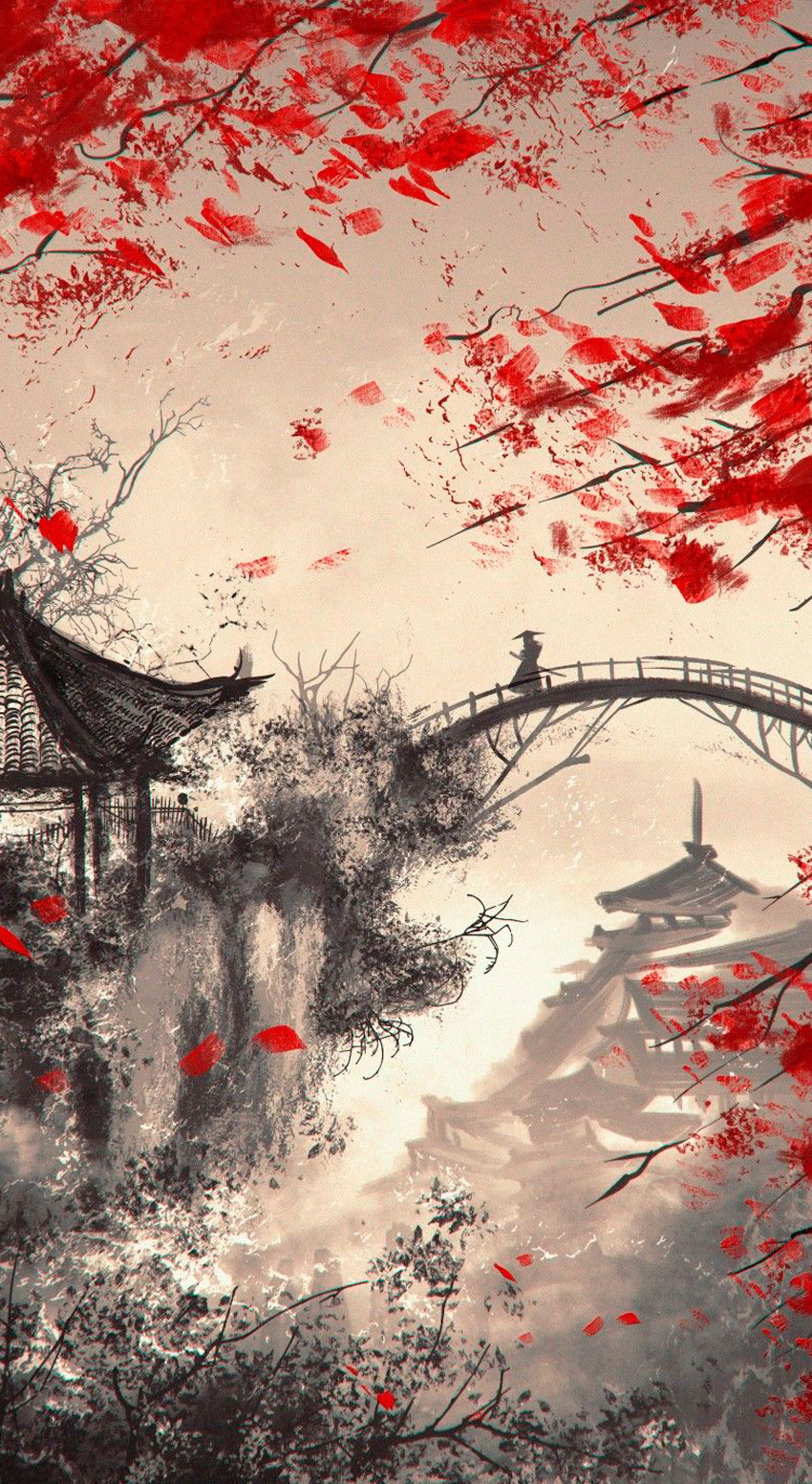The painting
Japanese painting, influenced by both native and foreign traditions, has flourished in various forms over the centuries. The Yamato-e style, developed in the Heian period (794-1185), is characterized by its poetic representations of nature and courtly life. In the Edo period (1603-1868), ukiyo-e, or "images of the floating world", became popular. This style includes iconic works such as Hokusai's "The Great Wave off Kanagawa," which capture everyday scenes, landscapes, and kabuki actors with stunning vividness and detail.
One of the oldest styles of Japanese painting is Yamato-e, which emerged during the Heian period (794-1185). Characterized by its colorful and detailed depictions of landscapes, literary scenes, and court life, Yamato-e is known for its use of vivid colors and delicate lines. A famous example of this style is the "Scroll of Genji", a series of paintings illustrating the literary classic "The Tale of Genji".
Ceramics and sculpture
One of the oldest forms of Japanese art is pottery, with examples dating back to the Jomon period (c. 14,000 BC - 300 BC). Clay pots from this period, decorated with cordiform patterns, are some of the oldest known ceramics in the world. Over the centuries, Japanese pottery has evolved, giving rise to styles such as Imari porcelain and Raku pottery, the latter closely associated with the tea ceremony.
Japanese sculpture, especially in wood and bronze, has been historically significant, with many examples found in Buddhist temples and Shinto shrines. Statues of Buddha and bodhisattvas, often richly adorned and carved with great detail, reflect the spirituality and technical skill of Japanese artisans.
Ikebana, the art of floral arrangement, and bonsai, the art of growing miniature trees, are examples of how Japanese aesthetics value nature and harmony. Both art forms emphasize balance, simplicity, and ephemeral beauty, reflecting the principles of wabi-sabi, which finds beauty in imperfection and transience.
The calligraphy
Calligraphy, or shodo, is another art form deeply rooted in Japanese culture. Using brush and paint, artists create works that are both literary and visual. Each stroke is an expression of movement and emotion, reflecting the Zen philosophy of simplicity and depth. Japanese calligraphy values imperfection and fluidity, making each piece unique.
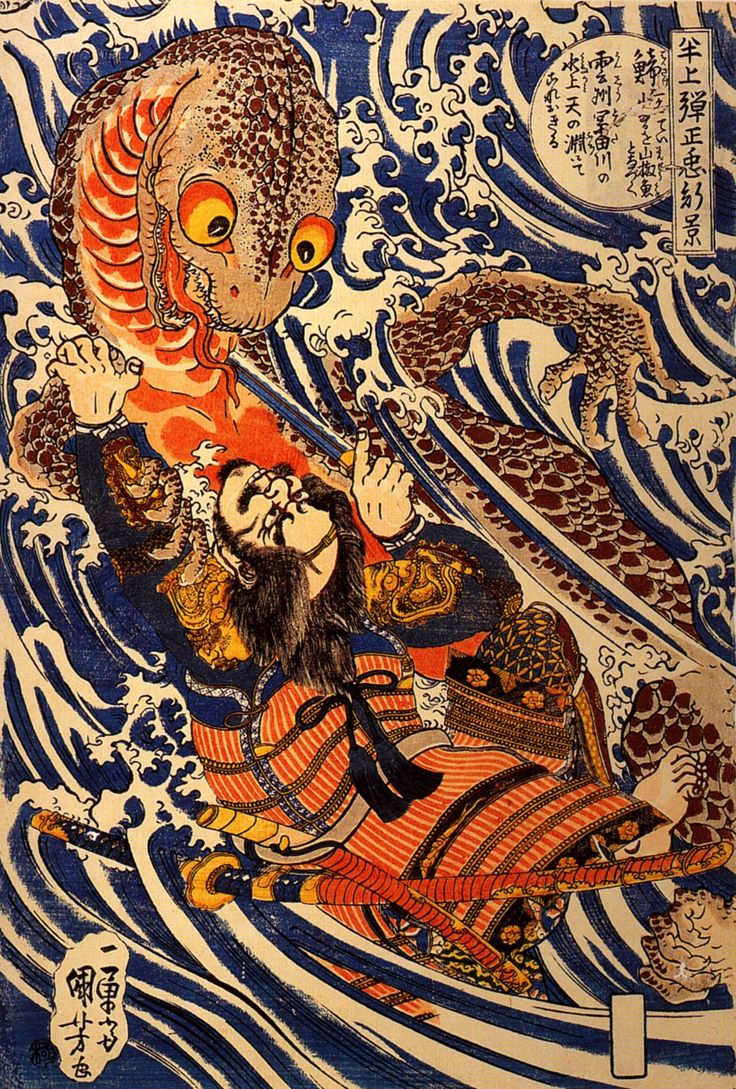
Japanese paintings are a window into the rich cultural and historical tapestry of Japan. From the serene landscapes and elegant portraits of Yamato-e to the vibrant and dynamic scenes of ukiyo-e, each style and period reflects the evolution of society, spirituality and Japanese aesthetics. Japanese painting, with its depth and diversity, continues to delight and inspire people around the world, standing as an enduring testament to Japan's creativity and artistic sensibility.
In modern and contemporary Japan, painting has continued to evolve, embracing new influences and technologies while maintaining a strong sense of cultural identity. Contemporary artists such as Yayoi Kusama, known for her psychedelic paintings and installations, and Yoshitomo Nara, whose works combine kawaii aesthetics with dark themes, have achieved international recognition.
Traditional techniques such as kacho-e (paintings of flowers and birds) and bijinga (paintings of beautiful women) are still appreciated and practiced, demonstrating the persistent influence of Japanese painting's historical roots.
Japanese art continued to evolve and embrace new forms. The modern art movement in Japan was influenced by Western artists but maintained a unique identity. Contemporary artists such as Yayoi Kusama, known for her dot and mirror installations, and Takashi Murakami, whose works blend traditional Japanese aesthetics with pop culture, are celebrated internationally for their innovative contributions to global art.

